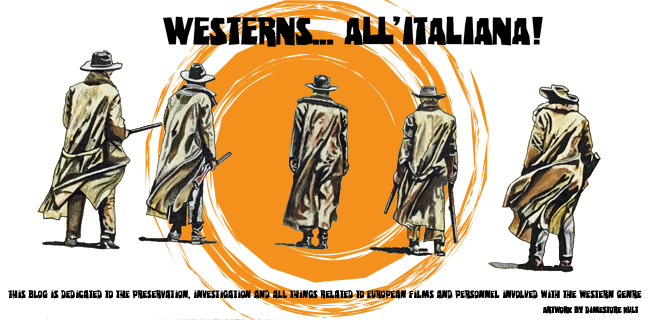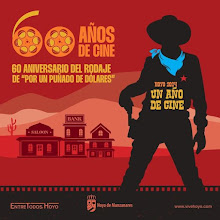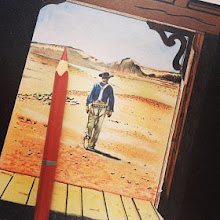 Kieron
Moore was born Kieron O’Hanrahan on October 5, 1924 in Skibbereen, County Cork,
Ireland. His father, Peadar Ó hAnnracháin (born 1873) (also known as
Peter/Peadar Hourihane and Peadar O'Hourihane) was a writer and poet, and a
staunch supporter of the Irish language. Several members of Kieron's family
pursued careers in the arts. His sister Neasa Ní Annracháin was a member of the
Raidió Éireann Players, while his brother, Fachtna, was director of music at
the station, and a second sister, Bláithín Ní Annracháin, played the harp with
the National Symphony Orchestra. Following his family's move to Dublin, Moore
attended Irish language school, Coláiste Mhuire. Later, his medical studies at
University College Dublin were cut short when he was invited to join the Abbey
Players.
Kieron
Moore was born Kieron O’Hanrahan on October 5, 1924 in Skibbereen, County Cork,
Ireland. His father, Peadar Ó hAnnracháin (born 1873) (also known as
Peter/Peadar Hourihane and Peadar O'Hourihane) was a writer and poet, and a
staunch supporter of the Irish language. Several members of Kieron's family
pursued careers in the arts. His sister Neasa Ní Annracháin was a member of the
Raidió Éireann Players, while his brother, Fachtna, was director of music at
the station, and a second sister, Bláithín Ní Annracháin, played the harp with
the National Symphony Orchestra. Following his family's move to Dublin, Moore
attended Irish language school, Coláiste Mhuire. Later, his medical studies at
University College Dublin were cut short when he was invited to join the Abbey
Players.
In
1943 the handsome Kieron moved to England and subsequently made his London
stage debut as Heathcliff in a production of “Wuthering Heights”. Taking the
stage name Kieron Moore, he went on to gain more notice in such plays as “Purple
Dust” by 'Sean O'Casey' and “Everyman”. He made an impressive film debut as an
Irish Republican Army killer in “The Voice Within” (1945). The heroine in the
film, murdered by Kieron's character, was played by actress Barbara White who
he married in 1947. Barbara retired shortly thereafter.
Kieron
took a bite of the Hollywood apple when cast as Uriah the Hittite in the plush
but stilted biblical epic “David and Bathsheba” (1951) opposite Gregory Peck
and 'Susan Hayward' , and as a dashing Foreign Legion corporal in “Ten Tall Men”
(1951), starring Burt Lancaster. Not much happened as a result and he returned
to England. There he continued to offer fine and varied performances, notably
in “The Green Scarf” (1954).
At
this juncture Kieron's status started to regress with more and more routine
films handed him, including “Doctor Blood's Coffin” (1961), “I Thank a Fool”
(1962) and “The Thin Red Line” (1964). He played second fiddle to special
effects in “Crack in the World” (1965), the Euro-western “Son of a Gunfighter”
(1965), and to Gregory Peck in “Arabesque” (1966). He took as his final film
the underwhelming Euro-western “Custer of the West” (1967) in which he was
oddly cast as an Indian chief. Throughout the 1950s and 1960s he customarily
performed on TV, including a short-lived series.
After
retiring from feature film work altogether in 1974, his life took a religious
and socially-active turn. He joined the Catholic Agency for Overseas
Development, for whom he worked for nine years, directing and narrating two
film documentaries in the course of that time. Moore retired completely in 1994
to Charente-Maritime in France, where he joined the church choir, became a
hospital visitor, and enjoyed reading French, Spanish, English and Irish
literature.
Moore
died in Charente Maritime, France on July 15, 2007.
Today
we remember Kieron Moore on what would have been his 90th birthday.










No comments:
Post a Comment